Chinese Sword Like Katana: Fascinating Blend of Eastern Blades
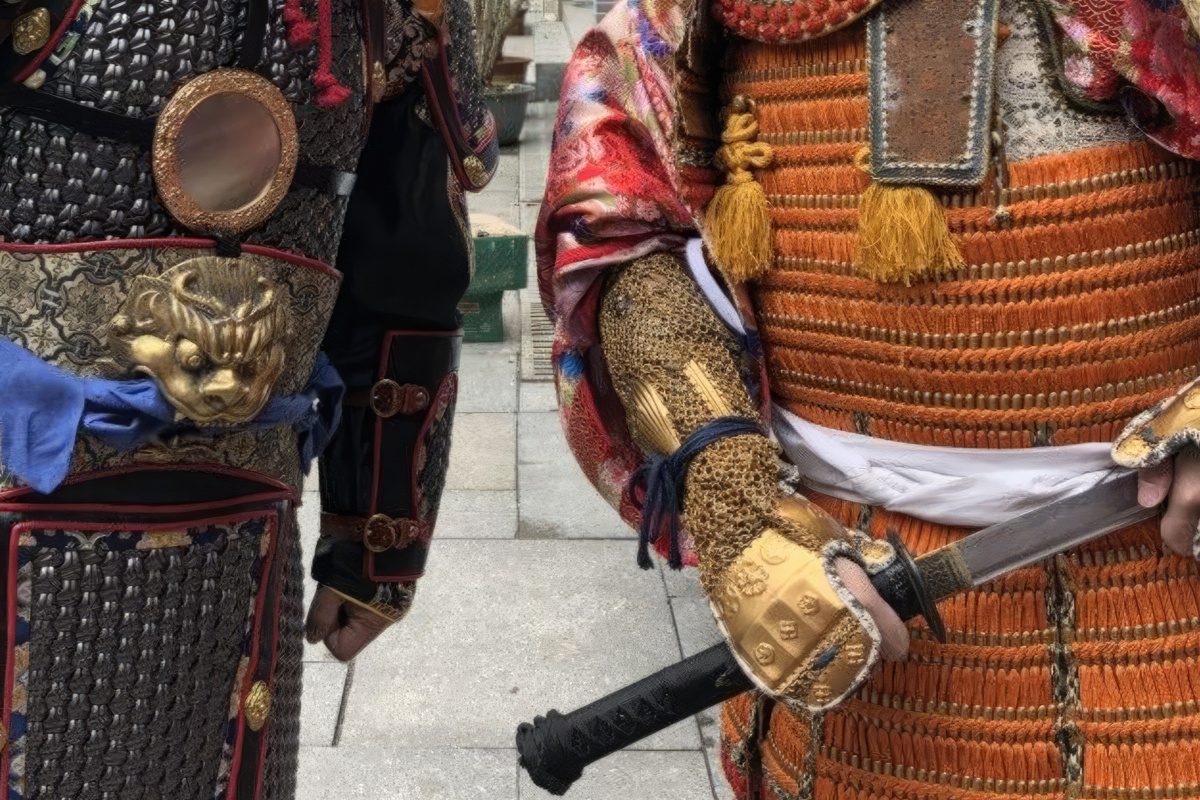
What’s in this article?
During the golden age of China’s Tang Dynasty, there was much influence over the surrounding areas in trade, economic, political, and cultural ties. But the most important influence was swordsmithing and weaponry due to the successful Chinese conquests in Central Asia.
The result was the Katana, the sword of the Japanese Samurai Warrior, whose form and style eventually influenced swordmakers in China with its design and structure. In this article, we will discuss some Chinese swords resembling the Katana and explain how they’re interconnected and their characteristics.
Japanese Katana
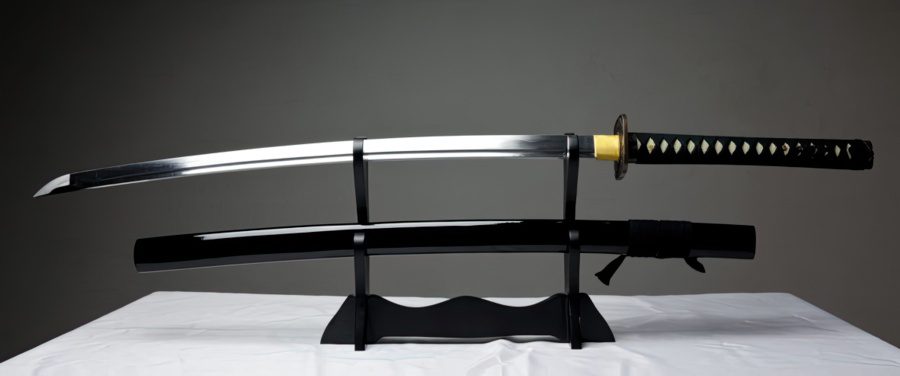
The Japanese Katana is a single-edged curved sword famously owned and used by the legendary Samurai Warriors. It is a weapon rooted in Japanese culture, mainly through the bushido code representing certain behaviors, attitudes and lifestyles.
The Chinese swordmaking tradition influenced the Katana, the ancestor of the Japanese Uchigatana and the Odachi. The influence was at its height during the Tang Dynasty. Still, when that era ended and China began to decline, Japan severed all ties to the nation, including cultural, political and swordmaking. Starting and following their own sword path eventually led to the creation of the Katana in the 14th century AD.
Many different Katana parts set it apart from Chinese swords. But what they have in common is the curve shape, an overall length of around 35 to 39 inches (90 to 100 cm), with a large two-handed handle and a pointy sharp blade tip.
Chinese Swords that Resemble the Katana
Chinese swords resembling the Japanese Katana are called Dandao, meaning single sabers. They are named this because these swords started as a tradition for soldiers to use them with both weapons as a single weapon, unlike using the other hand for holding a shield.
They don’t all look like the Katana, nor will they function the same, but here we will mention the Chinese Daos that took inspiration from the Katana. Some of them are one-handed, while most of them are two-handed swords.
Tang Heng Dao
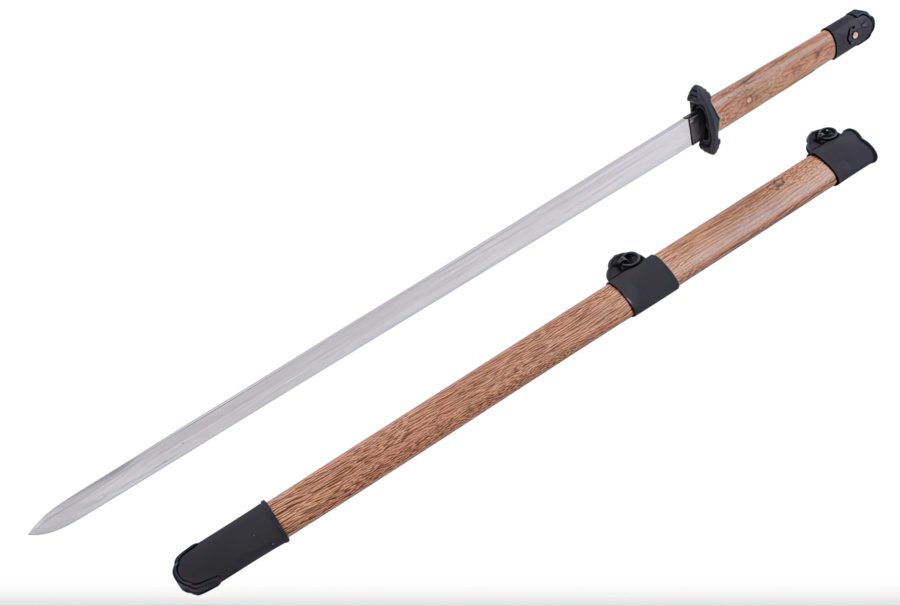
The Tang Heng Dao is a straight and single-edged sword that directly influenced the creation of the Katana-style weapons in Japan. It was the top peak high-quality weapon used during the Chinese medieval golden age under the Tang Dynasty.
It was simple in its creation, having only one sharp edge emphasized for slashing and a tip that could be used for stabbing. The weapons served well as the double-edged Jian but were made easier to master and cheaper to manufacture.
This type of sword also introduced a pommel’s smaller and simpler design, unlike the previous round or ring pommels that these Asian swords had. Also, it had a P-shaped scabbard tied with ropes hanging off the belt, which could impact how a Katana is carried around. The length is also very similar, at around 35 inches (90 cm).
Wo Dao
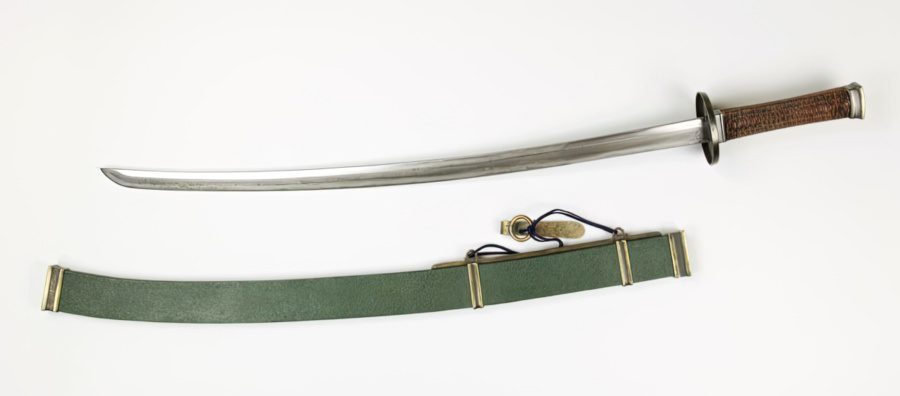
The Chinese sword named the “Japanese style sabre” is the Wo Dao or Wodao. The term Wo used in its name refers to the Wokou, which translates directly to “dwarf bandit, ” a derogatory term for Japanese pirates that raided Chinese villages and towns throughout the eastern Chinese coast.
It was created at the end of the Ming Dynasty but was mostly used during the Qing Dynasty. This saber is the literal Chinese take on the Japanese Katana. It is quite similar in almost all its proportions, having almost the same length for the handle and blade, and uses the round guard known in Japanese as tsuba.
This is a two-handed weapon that has a curved single-edged blade used primarily for slashing attacks but also features a very sharp tip that is effective at thrusting. The size and length are almost identical, around 30 to 43 inches (75 to 110 cm) long.
Chang Dao
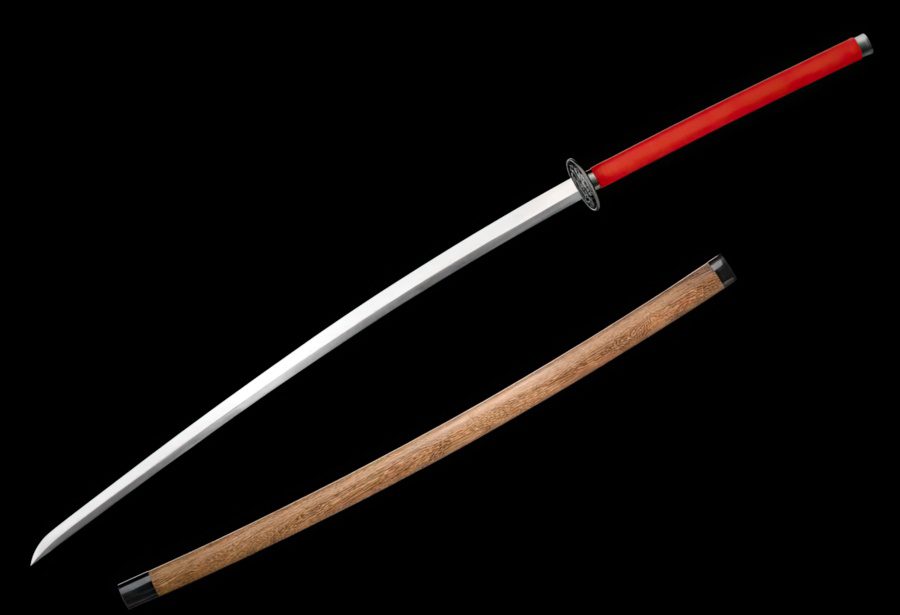
Although the Chang Dao is much longer than the Japanese Katana, it still resembles it quite a bit. It is a two-handed large sword with a handle which can be used as such or extended like a spear with one hand. Its blade is primarily used for slashing against heavy armor or shields. It has a sharp tip ideal for punctures or thrust.
It came about during the Ming Dynasty when Japanese pirates were at their peak along the Chinese coasts. To overthrow these pirates, the famous general Qi Jiguang had to shift his attention to studying their weaponry. He took the best parts of the Japanese and Chinese weapons and made the large Chang Dao.
The blade is single-edged and has a curve like a Samurai sword, although it is much longer and heavier, giving it different methods for attacking or defending. It has a round and circular tsuba guard with a small pommel. Its shape and design are alike, but the length of the Chang Dao is around 51 to 63 inches (130 to 160 cm), with a handle length of 12 inches (30 cm).
Miao Dao

The Miao Dao is a bladed-edged weapon coming from the 20th century but is most often a term used for a historical Chinese sword. The massive ChangDao, thought to have been influenced by Katana swordmaking and the Wodao, which means “Japanese sword-style sabre,” are two possible candidates for the earliest weapons
Although that makes it similar to the Katana, it is different from the other Chinese-Japanese style swords, even the Wo Dao. It has a slightly larger blade and hilt length than the Katana or WoDao, giving it a unique feel and training method.
The round tsuba-type guard has almost the same curve as a Samurai blade, although the Miao Dao’s curve is much softer. It is a single-edged weapon, like the Katana, which makes it ideal for slashing but also very powerful for thrusting. Some Miao Dao’s are the same length as the Katana, but most are slightly longer, around 49 inches (125 cm).




